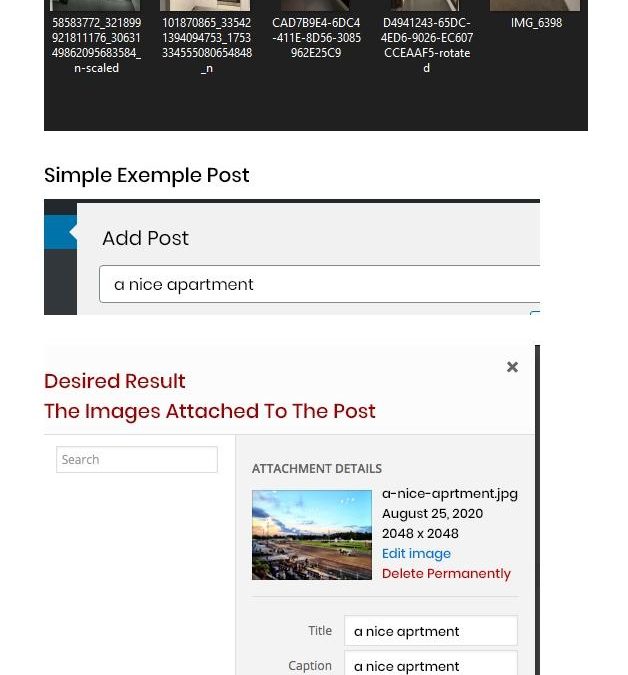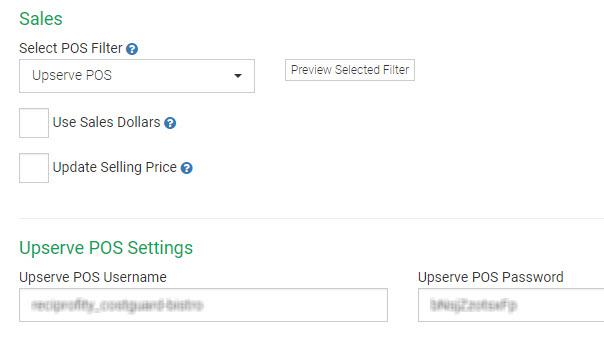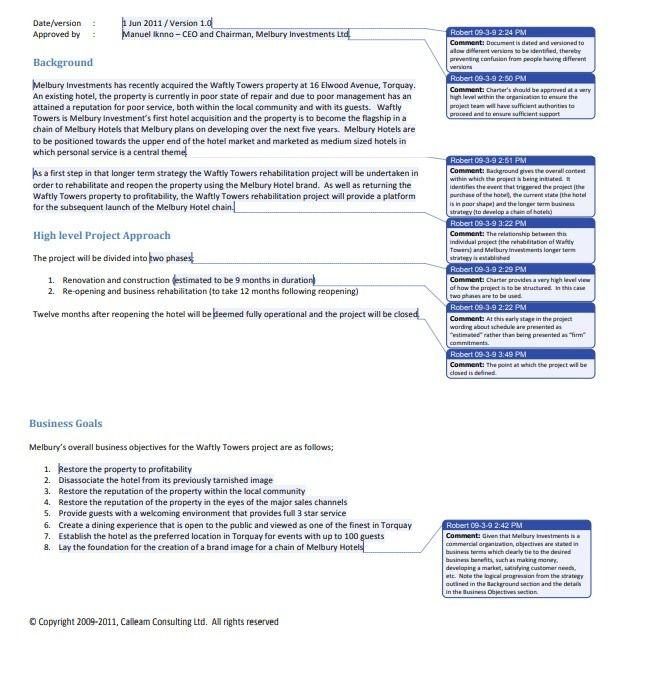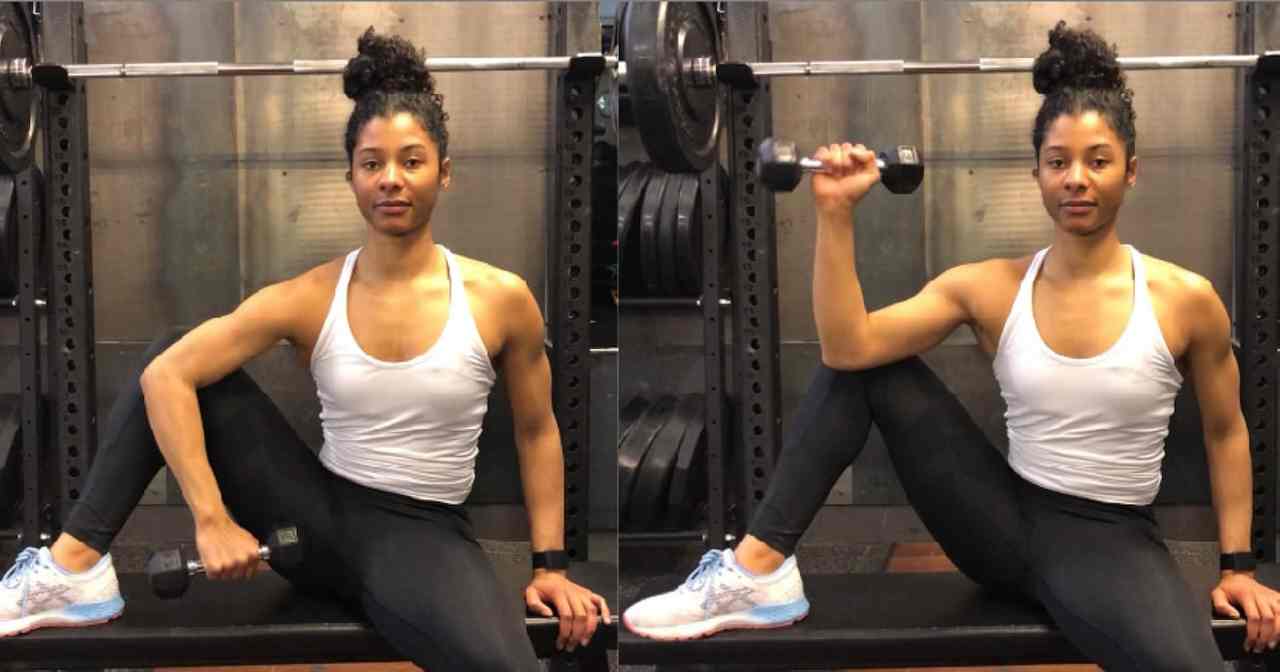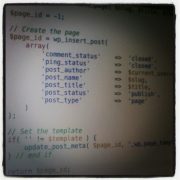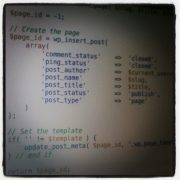
There are a lot of perks that come with lifting weights, such as an increase in bone mass and lean muscle mass, a reduction in body fat, improved cardiovascular fitness, strength, and an enhanced sense of well being, according to a 2006 article in the British Journal of Sports Medicine.
If losing body fat and building muscle caught your eye, there are a few important things you should know. The first is, yes, you have to lift heavy if you want to build muscle. “Lifting heavy will build muscle because the muscles are being placed under greater stress than [using your] bodyweight or light weights,” Felix Ferreira, NASM-certified trainer at Equinox in New York City, told POPSUGAR. “The heavier weights cause more muscle fibre tears, and these tears, once repaired, will cause an increase in size and strength,” he added.
Second, the word “heavy” is relative, and the amount of weight everyone should lift to build muscle will vary. As an NASM-certified trainer myself, it’s important to let you know that you won’t automatically gain muscle by grabbing any ol’ weight at the gym. Instead, you’re going to have to be very strategic with how often you lift, how heavy you lift, and the style of lifts you’re doing.
“Typically, a person can aim to build muscle by exercising with heavy weight anywhere from three to four times per week,” Felix said. For people who have never lifted before, I generally advise beginning with two to three strength sessions a week in order to get acclimated to the load and stress on the body. Most importantly, I don’t want clients feeling so sore that it’s hard for them to move a few days after a strength session. For people who are more conditioned, I recommend doing a minimum of three strength sessions a week.
1 / 4
How Heavy Your Weights Should Be to Build Muscle
Image Source: Getty / M_a_y_a
Now that you have an idea about how often you’ll need to strength-train to build muscle, you also need to know how to select your weights along with how many reps and sets to do.
If your goal is maximal muscle growth, most of your training should be done in the hypertrophy phase (where you build the most muscle). Your weights should be 75 to 85 percent of your one-rep max: the heaviest weight you can lift for one rep of a given exercise. Here’s a guide that explains exactly how to choose the right weight. Next, you’ll need to figure out sets and reps. For each exercise in your program, you should complete three to five sets of six to 12 reps.
If you don’t want to do a one-rep max test for every exercise you plan on doing, “I recommend three sets of a weight that will be difficult to complete 12 reps,” Felix said. “Make sure you’re keeping proper form throughout the entire exercise,” he added.
2 / 4
The Best Exercises to Build Muscle
Image Source: Getty / Jay Yuno
While we’re on the topic of exercises, you may be wondering what the best exercises to build muscle are. A lot depends on your fitness level and physical abilities, but I’m a big fan of compound exercises. These are multi-joint movements such as squats and push-ups that work large groups of muscle. They also elicit a greater energy expenditure, they require more energy to perform, which means that your body will burn more calories and fat.
3 / 4
What You Should Eat to Build Muscle
Image Source: Getty / Geber86
We’ve talked a lot about what you need to do at the gym, but nutrition plays an equally important role if you’re trying to lose fat and build muscle. “Beneficial pre-workout snacks are higher-carb, lower-protein foods for energy and endurance,” Brittany Linn, RD, CDN a clinical nutrition coordinator at The Mount Sinai Hospital told POPSUGAR in a previous interview.
An example of this would be a banana or yoghurt with fruit. After you’ve completed your workout, Brittany said to eat high-protein foods with carbs within 30 minutes of completing your workout to replenish and rebuild your muscles. A few options are a smoothie with protein, chocolate milk, or a well-rounded plate of protein, carbs, and fats. She also recommended eating 1.0 to 1.7 grams of protein per pound of body fat to build muscle.
Now that you know exactly what you need to be doing at the gym to build muscle, put what you learned to use with this four-week muscle-building workout plan.
4 / 4


